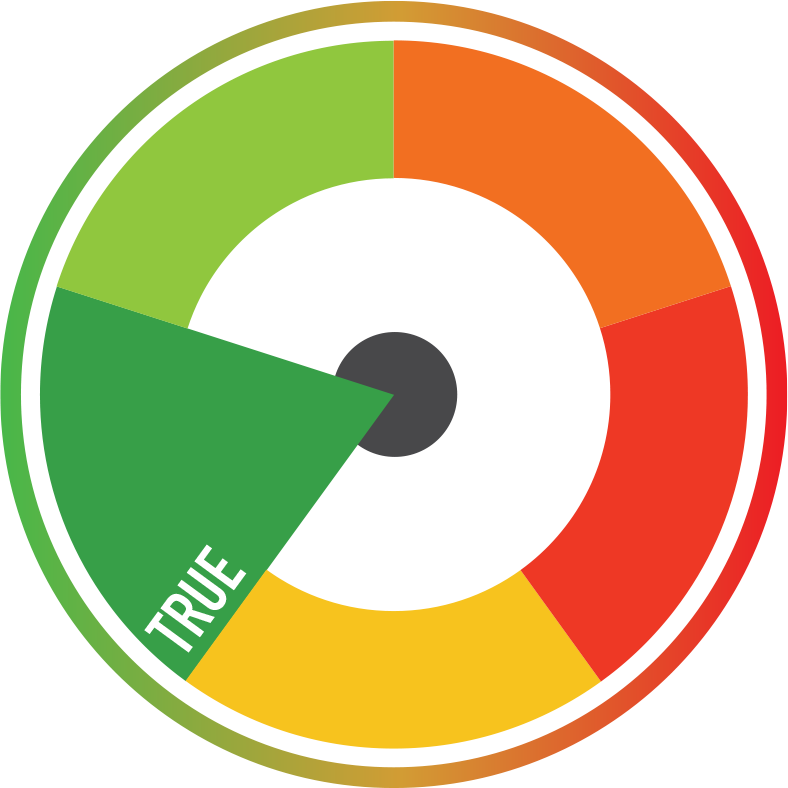On the 30th of April, an article was posted on the website of Sp.a, the Belgian social democratic party, about air pollution. Kathleen Van Brempt, a Belgian politician and member of the European Parliament, stated in this article that 98% of the EU’s urban population is exposed to ozone levels that exceed WHO guidelines. The numbers are correct, but are they up to date, and what are the WHO instructions?
Kathleen Van Brempt published the following statement on the website of the sp.a: “98% of the EU’s urban population is exposed to ozone levels that exceed WHO guidelines.” The statement can be found in an article about sp.a’s plan to obtain cleaner air. The article is a reaction to a motion for a resolution of the European Parliament on 6 March 2019 in which clean air in Europe is central. The resolution was voted and approved on 13 March 2019.
The statement is confirmed by Antti Kaartinen, press officer of the European Environment Agency (EEA) based on the EEA’s Air Quality in Europe-2018 report. However, he explains, that these measurements and therefore also the values date from 2016.
No new European data
After 2016 there are no new figures available. Frans Fierens, the scientific collaborator of the Interregional Cell for the Environment (IRCEL), says that it is normal that there are no new data: “The numbers are not going to change very much year after year, so the values at European level will still be more or less the same as in 2016. In Belgium, the values have risen to over one hundred per cent in all areas, both urban as non-urban.”
According to the World Health Organization (WHO), the recommended values for ozone are 100 µg/m³, one-millionth of a gram per cubic meter of air, for the highest 8-hour average of a day. The World Health Organisation’s advisory value is stricter than the European one, which has an advisory value of 120 µg/m³, and on average may not be exceeded for more than 25 days per year over three years. This concentration should provide sufficient protection for public health, although adverse effects may already occur below this advisory value. Only the European target values are legally binding.
Ozone as the only parameter
“I think it’s a bit strange that they take ozone as a parameter for air pollution in the statement. For health care, particulate matter is much more important than ozone,” Frans Fierens says. “In every part of Belgium we are above the WHO’s advice standards for ozone and almost everywhere above the standards for particulate matter; only in the Ardennes, we achieve this standard for particulate matter. The reason why the figures for particulate matter were not used is unclear.
Conclusion
In conclusion, it is indeed correct to state that “98% of the EU’s urban population is exposed to ozone levels that exceed WHO guidelines.” Kathleen Van Brempt’s statement is correct and valid according to official reports from the EEA. The values are from 2016 but have not changed much to the present according to Frans Fierens, scientific collaborator of the Interregional Cell for the Environment (IRCEL). Also, the values on the particulate matter would probably be a better parameter to communicate in the article because they are more critical in terms of health.
Leave your comments, thoughts and suggestions in the box below. Take note: your response is moderated.
RESEARCH | ARTICLE ©: Roan Vermeyen & Michelle Peters





